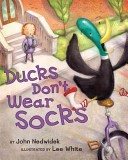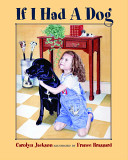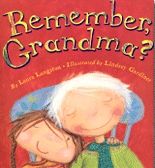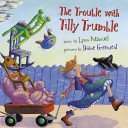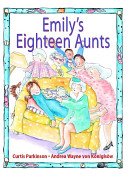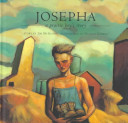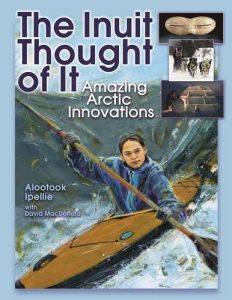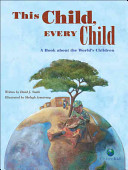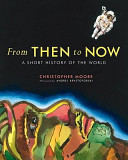
Just 50,000 years ago, our hunter-gatherer ancestors ventured off the African Savannah and into the wider world. Now, our technology reaches far out into the cosmos. How did we get to where we are today? With lively text and colorful illustrations,From Then to Now explains how individual societies struggled to find their own paths, despite war, disease, slavery, natural disasters, and the relentless growth of human knowledge. From Hammurabi to Henry Ford, from Incan couriers to the Internet, from the Taj Mahal to the Eiffel Tower, from Marco Polo to Martin Luther King, from Cleopatra to Catherine the Great, from boiled haggis to fried tarantulas this is no less than the story of humanity. It’s the story of how we grew apart over all those years of migration and division, and how as we recognize our common heritage and our often mixed ancestry we can come together. An index, maps, and notes make this a must-have reference, as well as a delight to read and to discuss. From Then to Now is bound to create a generation of history buffs!
